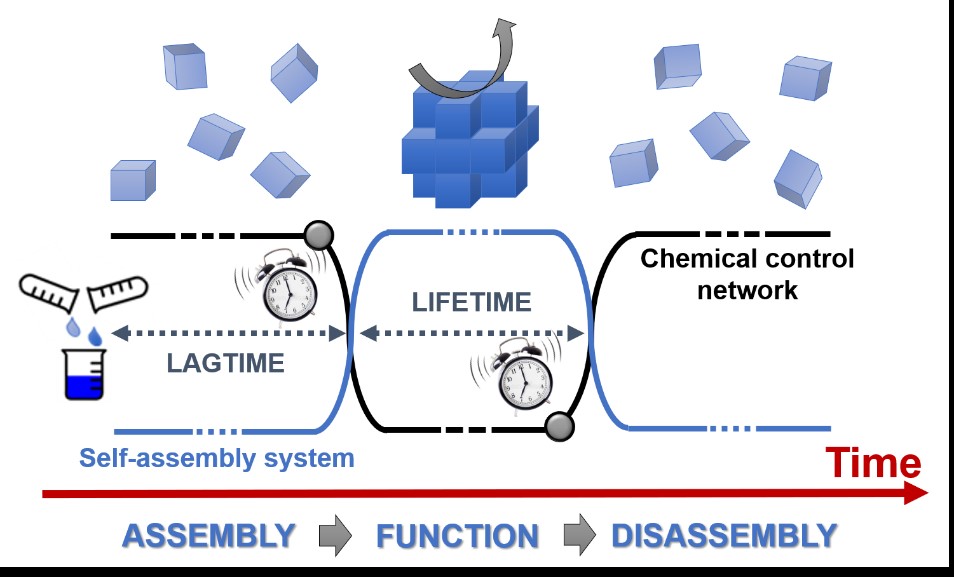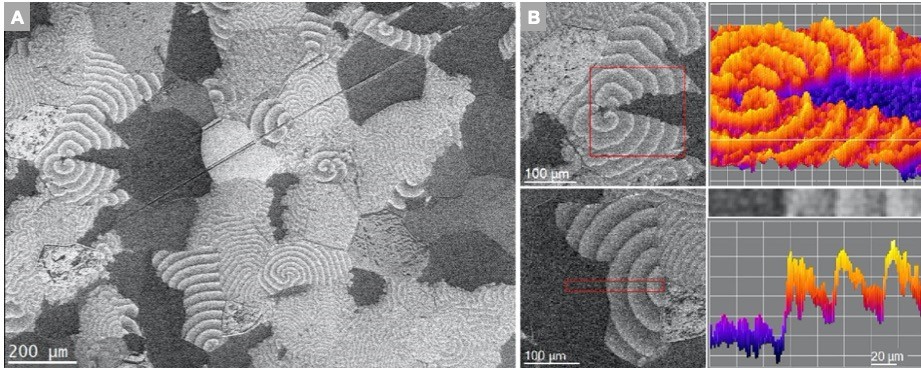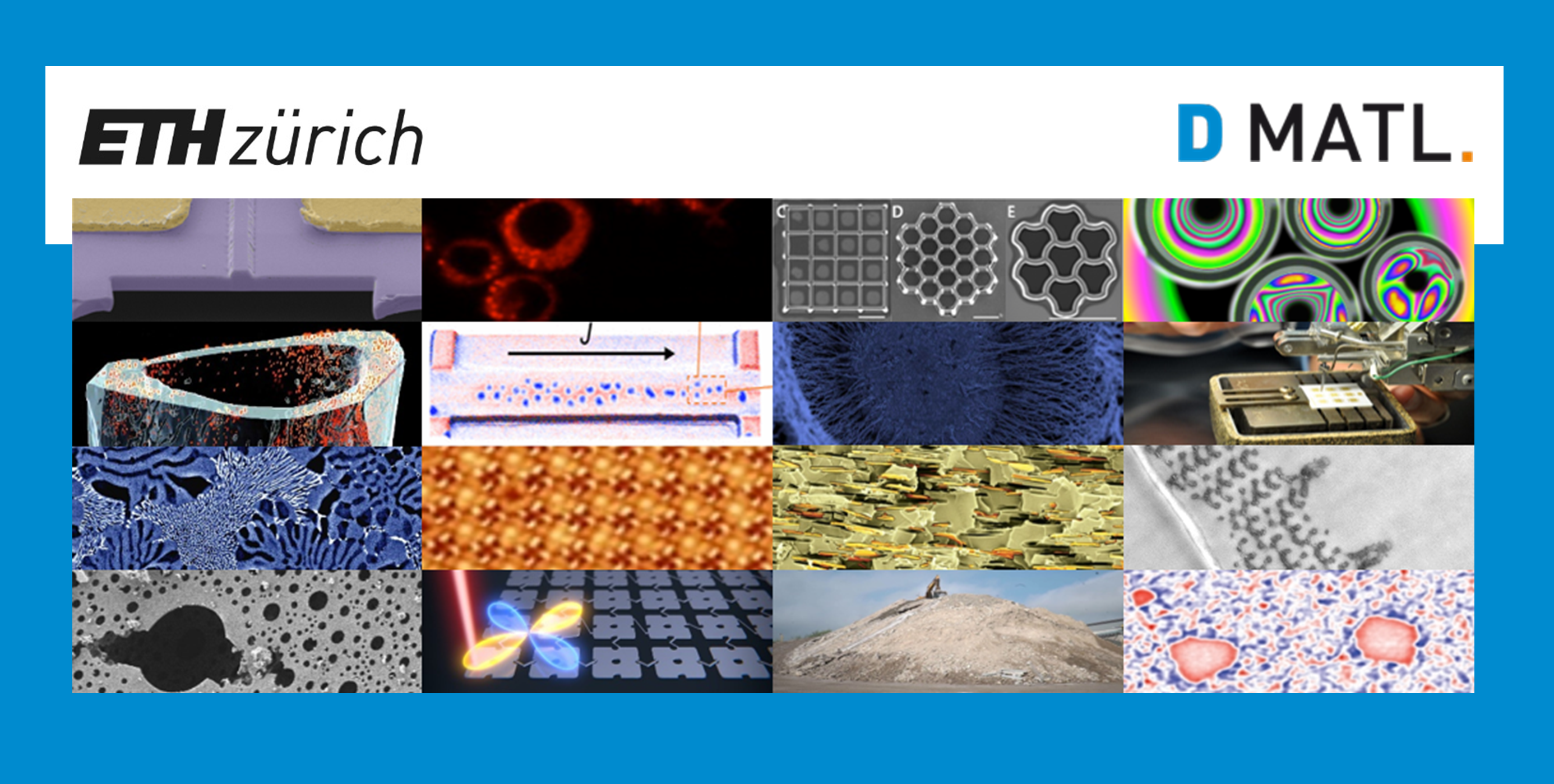Special Edition of the Materials Colloquium 2020
July, 23rd, 15:00
Zoom
Elsa Olivetti (MIT, Department of Materials Science and Engineering)
Materials have long played a role in transitioning between eras. Now the materials community’s most pressing task is to decarbonize society. For the past several decades, materials science has played a key role in lowering carbon dioxide emissions from the electricity sector through development of renewable energy generation and high performing energy storage technologies. However, outside of the energy sector there remain significant greenhouse gas emissions linked to materials production, particularly in the form of infrastructure and chemicals production. This presentation focuses on the significant challenge of reducing the burden of materials production itself. I will review recent progress in understanding the potential for decarbonization in the materials production sector and describe where and how the material science community can have significant impact.



